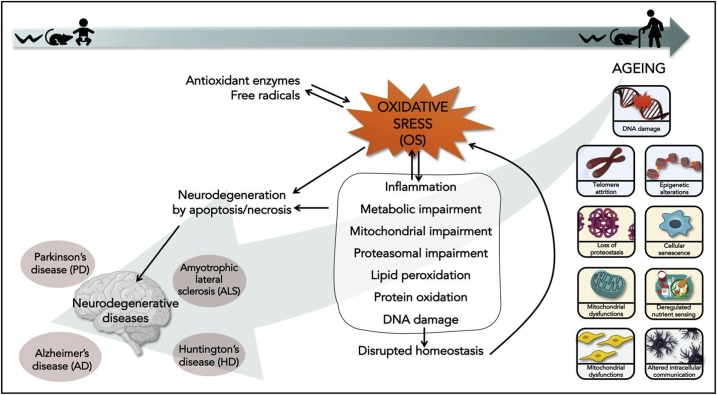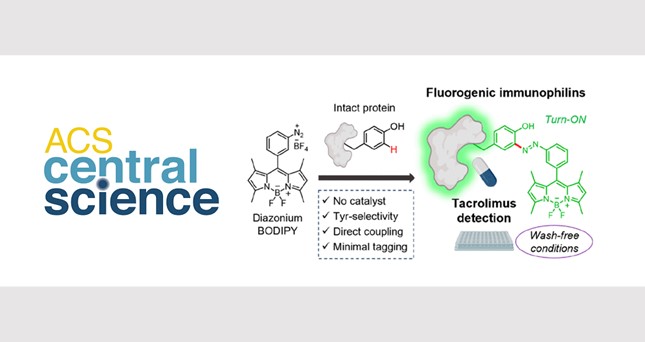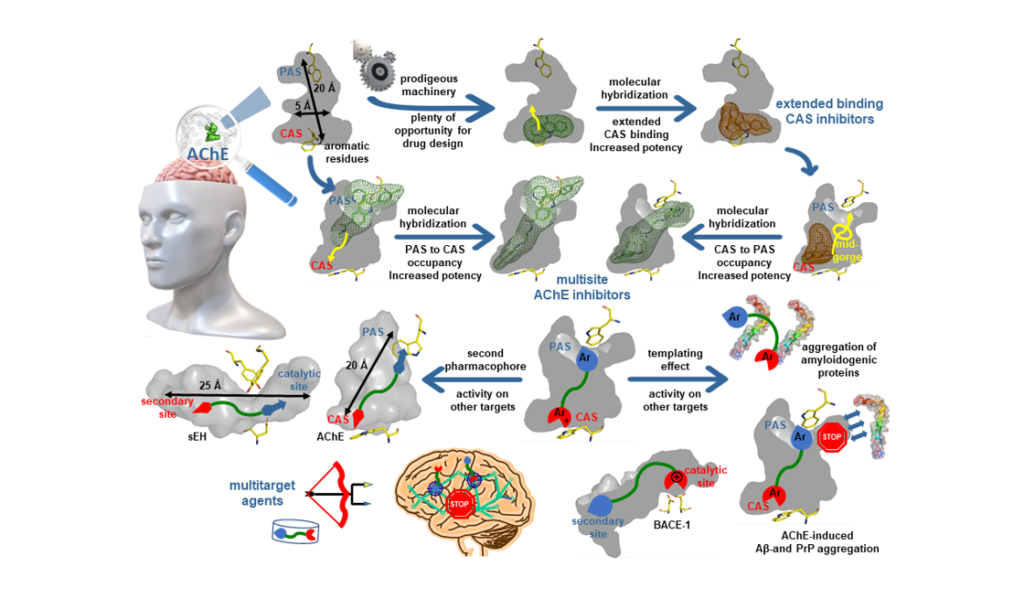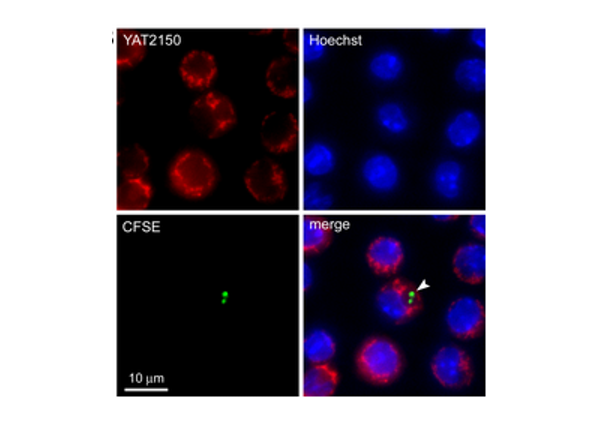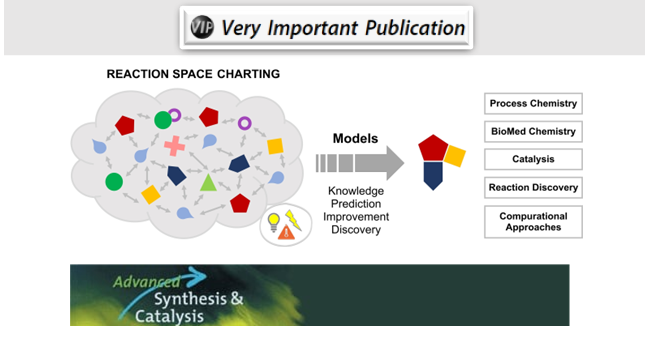Griñán-Ferré C, Bellver-Sanchis A, Izquierdo V, Corpas R, Roig-Soriano J, Chillón M, Andres-Lacueva C, Somogyvári M, Sőti C, Sanfeliu C, Pallàs M. The pleiotropic neuroprotective effects of resveratrol in cognitive decline and Alzheimer’s disease pathology: From antioxidant to epigenetic therapy. Ageing Res Rev. 2021 May;67:101271. doi: 10.1016/j.arr.2021.101271. Epub 2021 Feb 8. PMID: 33571701.
While the elderly segment of the population continues growing in importance, neurodegenerative diseases increase exponentially. Lifestyle factors such as nutrition, exercise, and education, among others, influence ageing progression, throughout life. Notably, the Central Nervous System (CNS) can benefit from nutritional strategies and dietary interventions that prevent signs of senescence, such as cognitive decline or neurodegenerative diseases such as Alzheimer’s disease and Parkinson’s Disease. The dietary polyphenol Resveratrol (RV) possesses antioxidant and cytoprotective effects, producing neuroprotection in several organisms. The oxidative stress (OS) occurs because of Reactive oxygen species (ROS) accumulation that has been proposed to explain the cause of the ageing. One of the most harmful effects of ROS in the cell is DNA damage. Nevertheless, there is also evidence demonstrating that OS can produce other molecular changes such as mitochondrial dysfunction, inflammation, apoptosis, and epigenetic modifications, among others. Interestingly, the dietary polyphenol RV is a potent antioxidant and possesses pleiotropic actions, exerting its activity through various molecular pathways. In addition, recent evidence has shown that RV mediates epigenetic changes involved in ageing and the function of the CNS that persists across generations. Furthermore, it has been demonstrated that RV interacts with gut microbiota, showing modifications in bacterial composition associated with beneficial effects. In this review, we give a comprehensive overview of the main mechanisms of action of RV in different experimental models, including clinical trials and discuss how the interconnection of these molecular events could explain the neuroprotective effects induced by RV.
